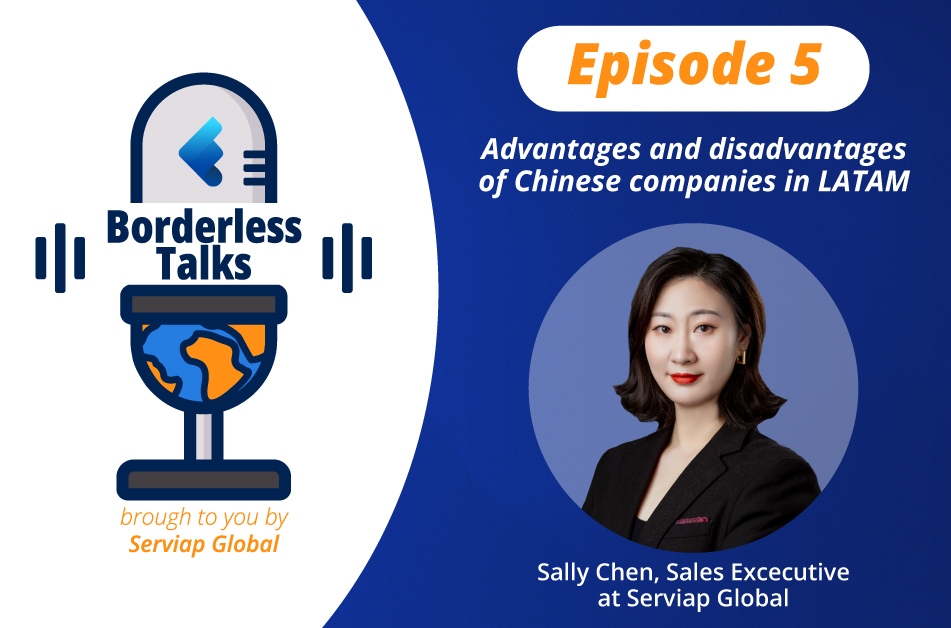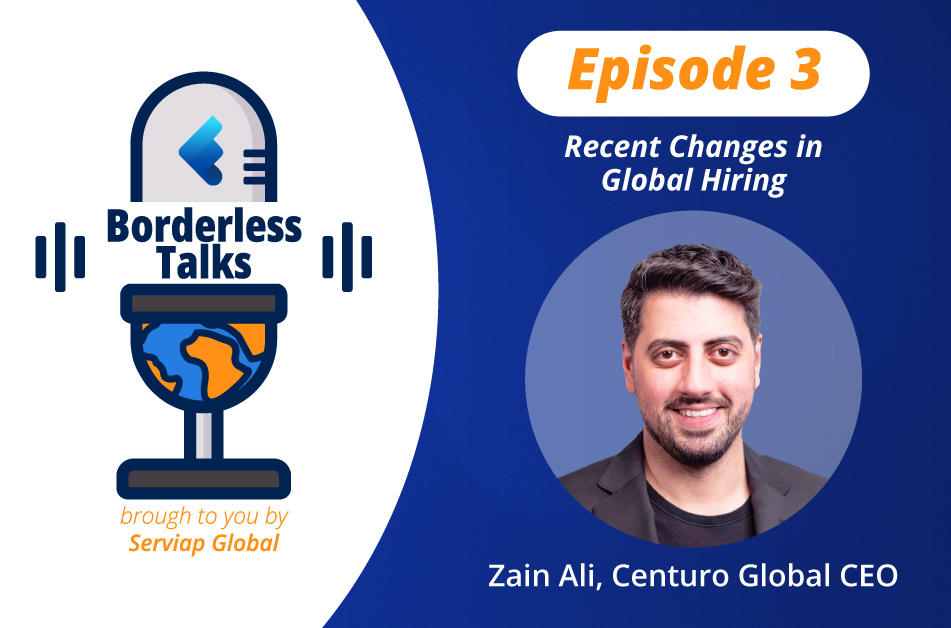Table of Contents
Asynchronous working involves building a distributed workforce composed of people with different locations and schedules. It may seem impossible, but when done properly it allows companies to explore other markets and access international talent who operate at their own pace and do not depend on traditional work schedules.
Asynchronous working is derived from remote and hybrid work in which tasks, processes, and communication are not limited by normal time schedules or immediacy. Thus, employees operate at the times that best suit them as long as they meet the agreed deadlines and responsibilities required by their position within the organization.
A reduction in real-time communication also characterizes asynchronous working. Instead of face-to-face meetings or instant chat, employees use online workflow platforms, which allow team leaders to plan tasks, distribute them among collaborators, and check the status of work with a couple of clicks.
SEE ALSO: Call center outsourcing: 5 great destinations to consider
Also, asynchronous working focuses on medium- and long-term goals rather than daily tasks, providing workers more freedom and flexibility. This makes staff members more independent, organizing their days as they want, but they also bear more responsiblity since no one is watching what they do all the time, and do not have to adhere to a schedule.
This working model is perfect for companies that want to expand internationally and need to hire the best professionals regardless of their location or schedule, either directly as international independent contractors or through a third party, such as an employer of record (EOR) or a professional employer organization (PEO).
While asynchronous working can be rewarding, it requires a lot of planning, organization, assignment distribution, reliance on online communication platforms, process transparency, and employee engagement, among other things. So, here are some tips to adopt it successfully in your company.
Serviap Global, through its international PEO / EOR services, helps clients find and hire staff in more than 100 countries worldwide. Contact us for more information.
How to adopt asynchronous working in your company
Adopting asynchronous working in a company will take time, but following these steps will help to do it successfully:
1) Use communication platforms
Asynchronous working is a variation of remote working. Just like this model, it relies on cloud-based communication and collaboration platforms. These technological tools allow team members to stay in touch and assign tasks, review progress, and access any project or material.
As asynchronous work is based on asynchronous communication, which does not require an immediate response to a request or task assignment, companies must have chats, shared calendars, databases, and project management platforms. This way, all employees will know what to do and won’t have to wait hours for an answer.
Some of the most popular cloud-based communication and collaboration platforms are:
- Microsoft Teams: combines chat rooms, video calls, file storage, and application integration.
- Asana: facilitates work management by organizing teams and assigning and tracking tasks.
- Google Drive: allows the storage of files in the cloud, which can be synchronized between different devices, and creating and editing shared documents.
- Slack: in its “workspaces,” users can communicate with voice calls, video calls, text messages, media sharing, file sharing, and more.
2) Have clear objectives
Clear deadlines are crucial for companies that want to embrace asynchronous working because employees can better organize their days and be more efficient when they know their responsibilities and when they are required to deliver.


When staff are in different time zones, establishing timelines is indispensable for achieving organizational goals. Therefore, team leaders and department managers must ensure that their employees are available to start a project and confirm the assignment of a new task.
In the same way, guidelines must be set and shared with all employees, from a full and clear job description to the method of delivery and the communication channels available in case of doubts or need for advice.
Defined processes and deadlines require planning, testing specific platforms and methods, and choosing those that best suit the needs within the organization. Thus, investing sufficient time in organizing distributed teams will help optimize operations and facilitate the successful adoption of asynchronous working.
3) Manage your teams
Managing teams is challenging and doing it remotely or in a hybrid way is even more complex. In addition, when you want to implement asynchronous working in a company, you must be aware of the time zones each team member has to have greater control over the projects from start to finish.
As a team leader, you must train employees on the processes and platforms you have to make remote operations more efficient and ensure that your instructions are clear, documented, and have the correct time tags.
SEE ALSO: How to build a great distributed workforce in 7 steps
While staff are more independent and have greater freedom regarding their time and how they operate, a team leader is responsible for giving guidelines to follow before delegating a project to a partner, something they will improve with time and practice.
When implementing a new platform for communication and collaboration, leaders must lead their teams through this transition, as one of the goals of asynchronous working is to maintain workflow and productivity, which requires regular checks and guidance.
4) Reduce unnecessary meetings
When the COVID-19 pandemic caused business closures, companies looked for ways to stay up and running. As a result, many implemented remote or hybrid work, depending on their nature. Away from the office, virtual meetings got popularized to the point of becoming one of the easiest ways to communicate.


However, as remote work processes were standardized, sometimes these meetings became too commonplace and even unnecessary. When asynchronous working is introduced, video calls are reduced, and those that “could have been an email” are avoided.
It is advisable to have a weekly plan of the meetings to be held, as well as the purpose of each one, the time it will take, and the people who need to connect. If these meetings are purely informative, it is best to use other channels, such as an email, and ask for confirmation of receipt.
Due to the myriad time zones that may exist among collaborators, constant video calls can be complicated and tiring, so all doubts should be clarified before starting a project. An urgent communication channel, such as an exclusive WhatsApp group, can also be foreseen to deal with issues that cannot wait.
5) Promote self-management
Learning how to manage your time is essential when you work remotely or hybrid, especially when your company has moved to asynchronous working. This means creating daily or weekly schedules and setting yourself goals, regardless of the deadlines established in your organization.
Self-management has to do with knowing yourself, which tasks are easier or make you feel more comfortable, and which may take more time. Being clear about your skills and identifying your areas of opportunity will help you prioritize so you can stay calm and focused on deadlines.
When you work from home and don’t have a set schedule, it’s easy to feel overconfident. However, it’s better to plan time to review an assignment and refine it before submitting it for approval or sharing it with teammates.
Likewise, if you need more time to complete a project or be absent, you must communicate it. This will help you take the necessary measures and assign the pending work to another collaborator. Again, the key is recognizing your limits, organizing, and planning.
Serviap Global manages offshore staff for asynchronous working
At Serviap Global, we help clients with international PEO / EOR services in over 100 countries. We also offer global talent acquisition so that companies achieve their expansion and adopt asynchronous working without complications.
Our business started in Mexico more than 12 years ago, then expanded to Latin America and the rest of the world. We are committed to service excellence and a personalized approach wherever we operate, whether at home or in countries with completely different time zones.
Contact us to learn more about our services and how we can help you hire professionals abroad.
If you were interested in this article on asynchronous working and how to adopt it successfully, check out the rest of our coverage.






























